There is also a plan with an airline ticket.
HAGI STUDIO: Creating a Place Where Humans and Cities Find their True Selves
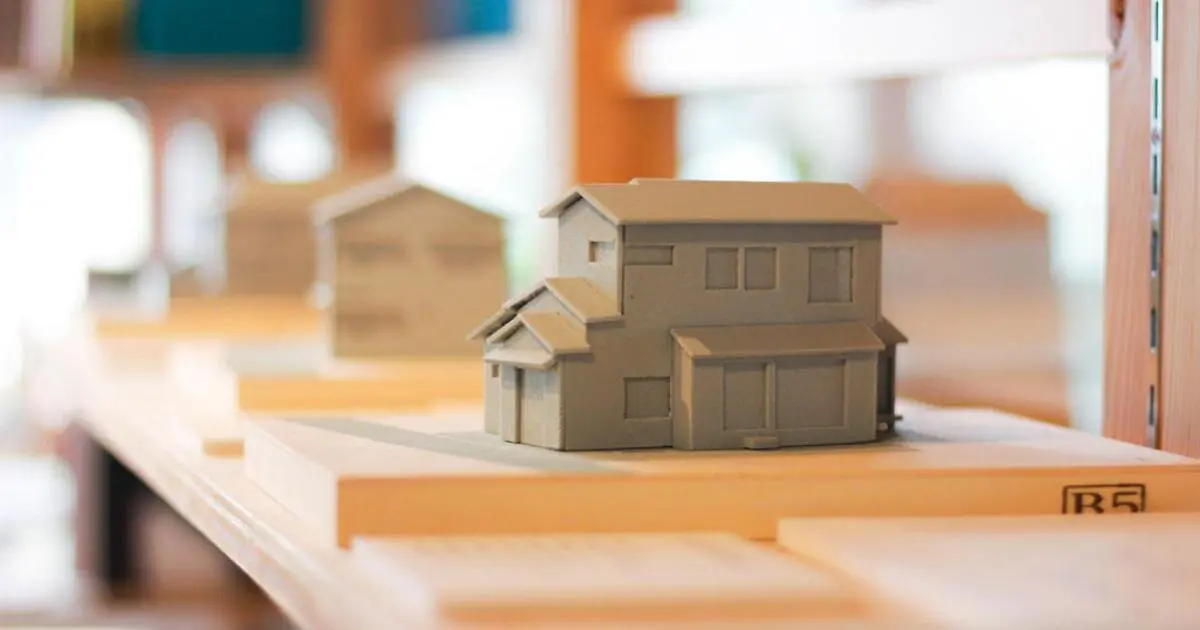
--What do you believe are the traits of the Yanaka area?
(Mitsuyoshi Miyazaki, CEO of HAGI STUDIO) Tokyo University of the Arts is located close to Yanaka and it was originally a temple town, so in general the area has a high level of interest in culture. It also has a lot of playful people and there seems to be an awareness amongst residents that they are creating their own city.
Areas with a lot of office worker-based households become cities that have been created for sleeping. This also means that there's a fairly clear separation in the relationship between consumers and producers in these places. However, Ueno is an area where people both live and work. That means that many of the people there have an understanding of what it is to both receive and provide a service. Yanaka in particular has managed to avoid the worst of natural disasters and earthquakes, so older buildings and occupations have been retained. A lot of people here are also involved in arts and crafts. This has ensured that an older style of close human relationships has been retained.
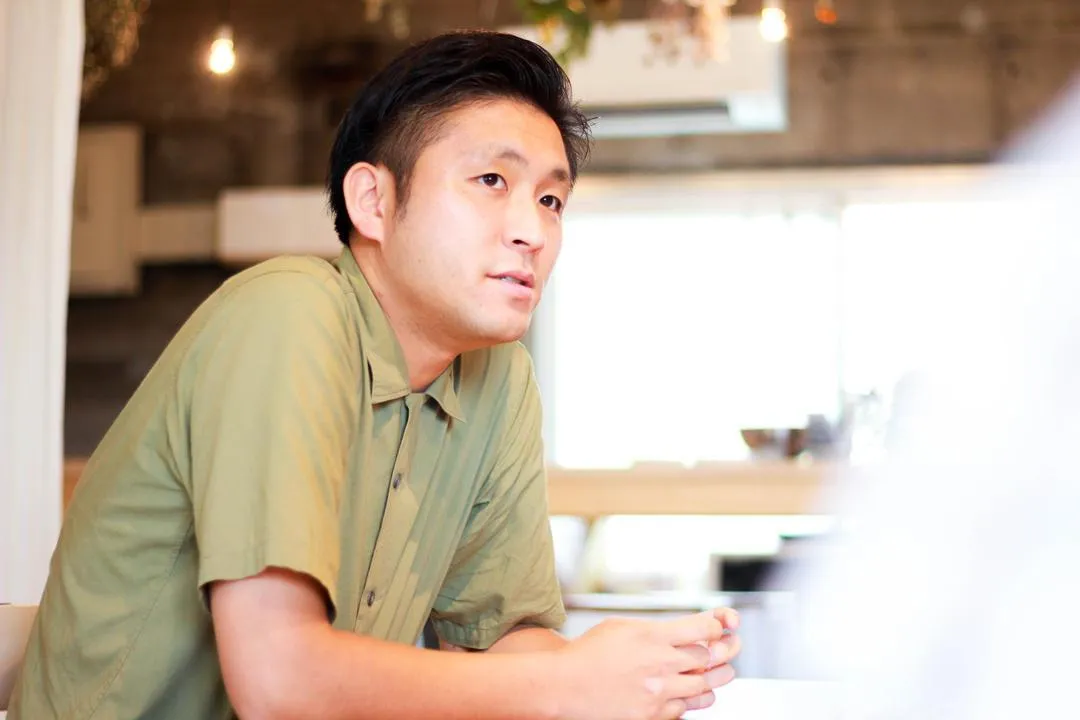
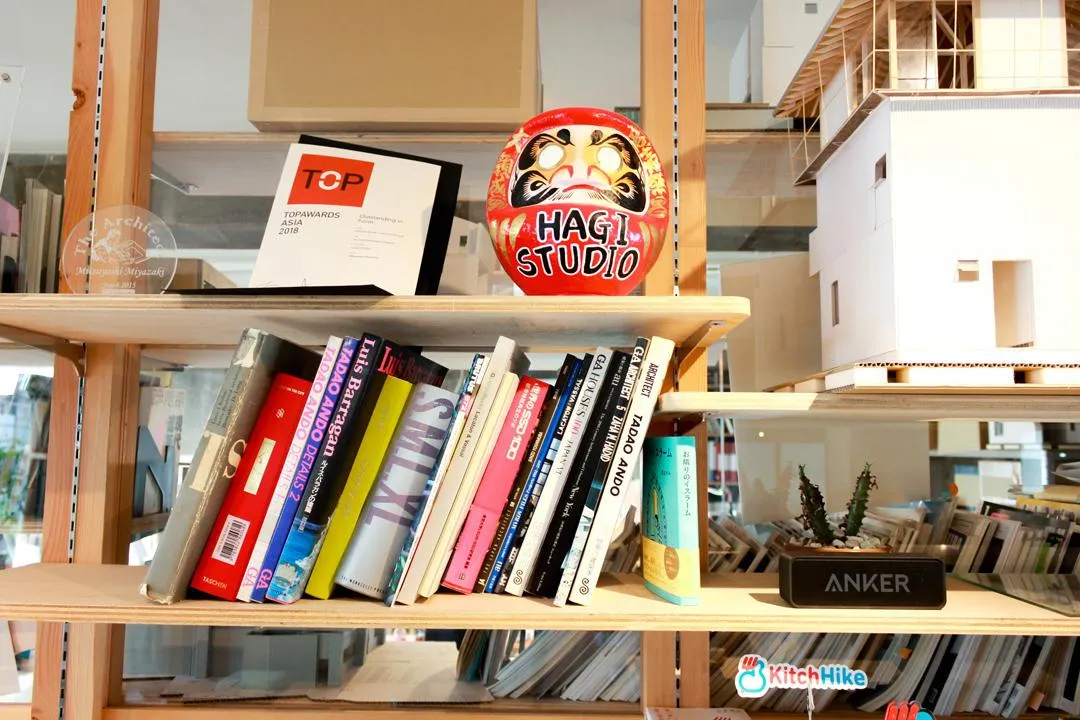
---Are there any scenery or buildings that you like in particular?
I really like the laneways here. There's a narrow path between a store called tokyobike and a traditional-style tsuiji wall. All of the electrical cabling is underground so there's no poles or electrical wires in the way making the sky seem really wide. It's always nice to take a stroll along there. I also like the laneway behind Gyokurin temple and the path behind HAGISO, as well as those really narrow alleys you find that only allow one person to walk single file. But these alleyways are seen as a risk in the event of a disaster, so lately every time a new building goes up they seem to disappear. The ones I've mentioned might disappear too, but I believe they're one of the reasons that the area has this culture of placing importance on connections between people.
--HAGI STUDIO has so far worked on a miniature combined cultural facility called "HAGISO". On the second floor of the building is "hanare" which treats the whole town as a hotel. There's also "TAYORI" which acts as a 'post office for food' and connects people with producers. They all seem to have a common theme of respecting existing buildings and activities while also providing new value.
HAGISO was originally an apartment that I lived in for five years while studying architecture at Tokyo University of the Arts, which I renovated. There was a plan to tear it down in 2012, but a group of us came together to hold an art event called "Hagiennale", which was based around the concept of "a funeral for a building". This ended up attracting a lot of people. The landlord ended up feeling that it was a waste to tear it down, so this led to him re-evaluating the building's value. When I proposed not just renovating the building, but creating "hanare" which combined a gallery, cafe, and accommodation facility, he happily accepted. HAGI STUDIO is the first building I worked on.
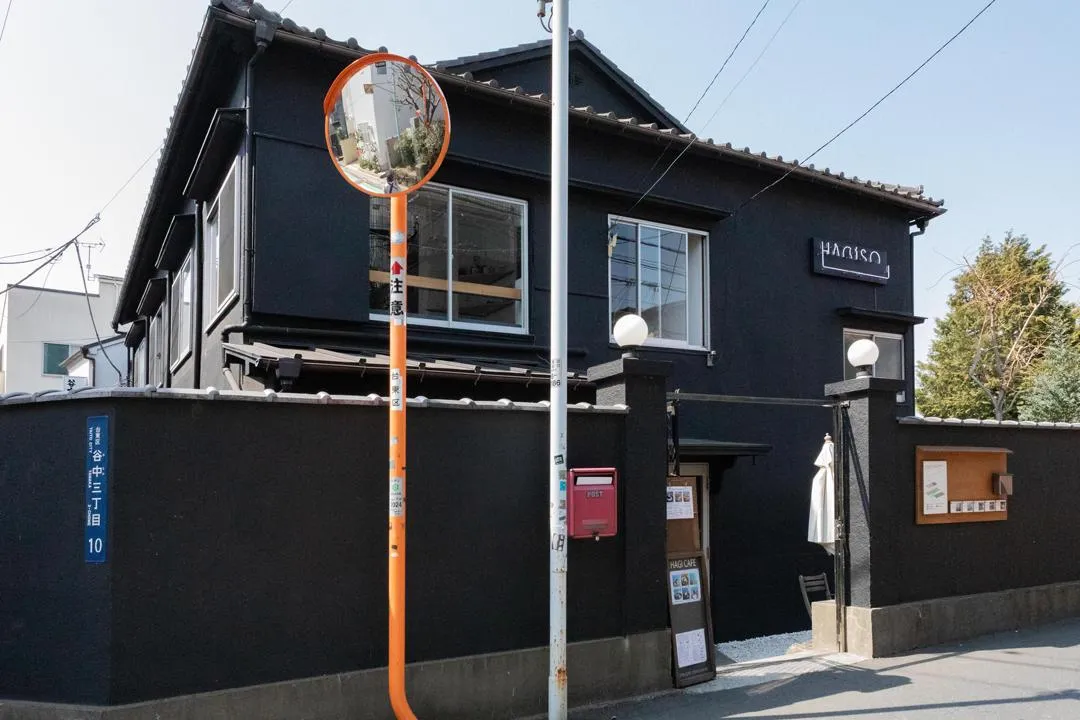
hanare is different from a normal accommodation facility in that we treat eating establishments, cultural facilities, and public baths throughout the city as part of the hotel. The reception and beds are in HAGISO and breakfast is served there, but guests need to go outside for other functions and experiences. This provides them with the opportunity to actively enjoy the city.
Our work at HAGISO led to a landowner in the area who was interested in my activities asking if I'd be interested in renovating one of his buildings. This ended with TAYORI being created. The building itself is located one street within the Yanaka Ginza shopping district. The owner wanted to retain the building, not knock it down. At first I only planned to be in charge of the design, but I took a liking to the building. As well as designing and renovating it, I ended up operating the store myself. TAYORI allows customers to connect with food producers all over Japan by sending postcards from the "food post office" there, making it a place for communicating too.
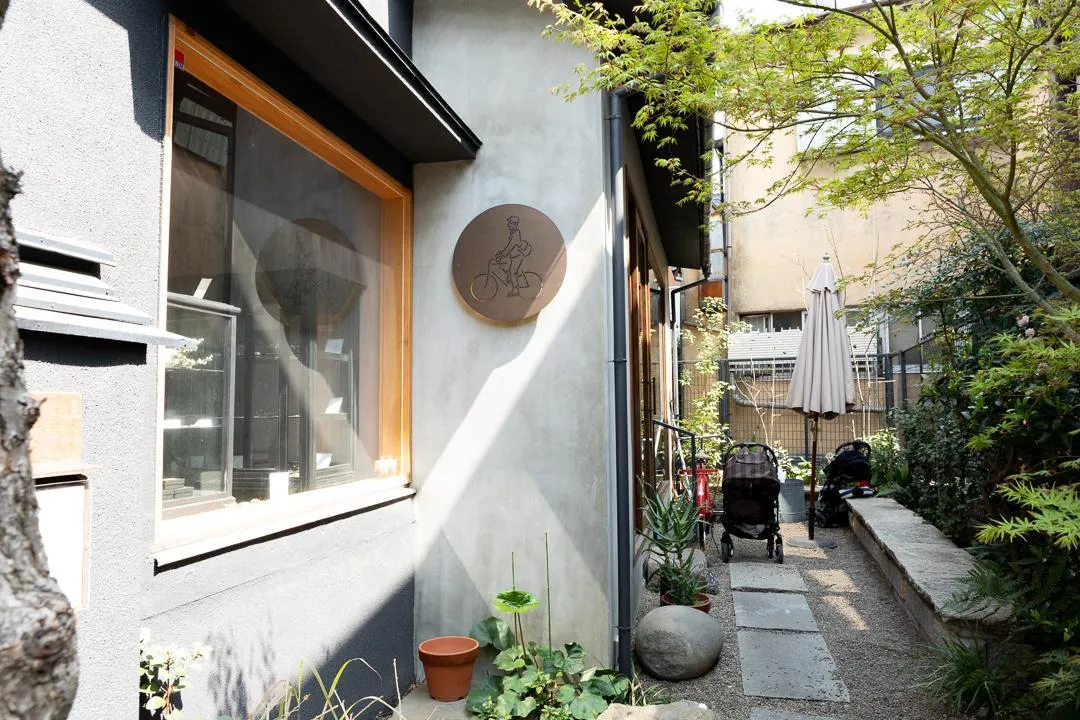
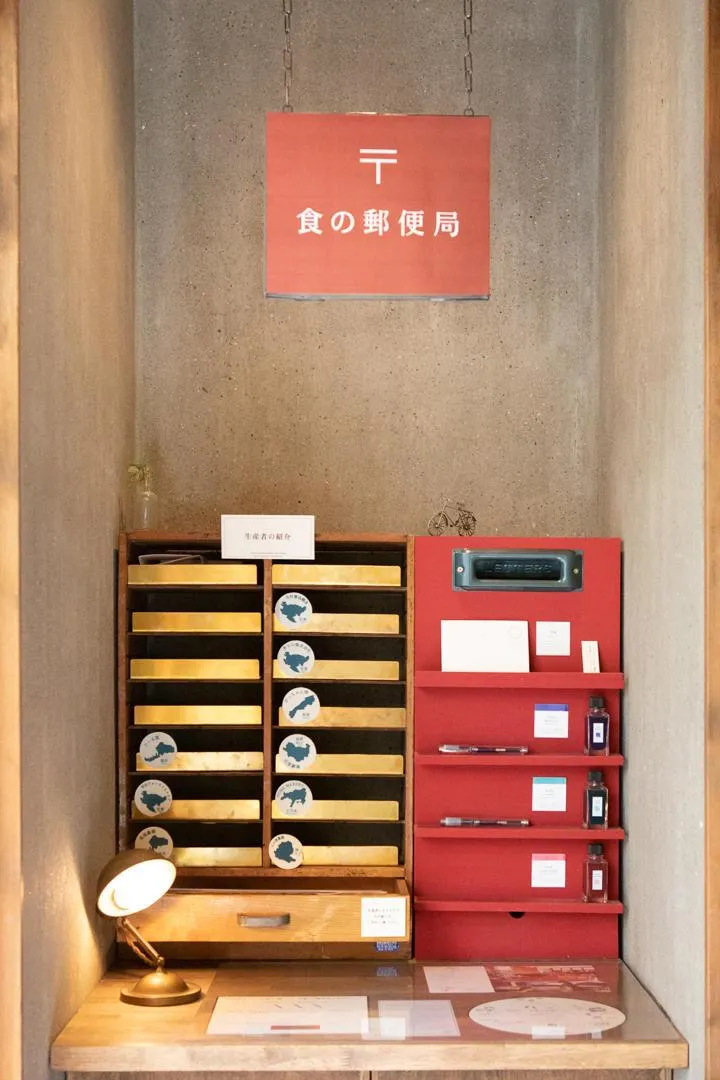
Rainbow Kitchen, which was renovated and opened in 2018, has a similar background to HAGISO and TAYORI. A local, popular eatery had closed down. There was discussion about what a shame it was, and I ended up both renovating and operating it.
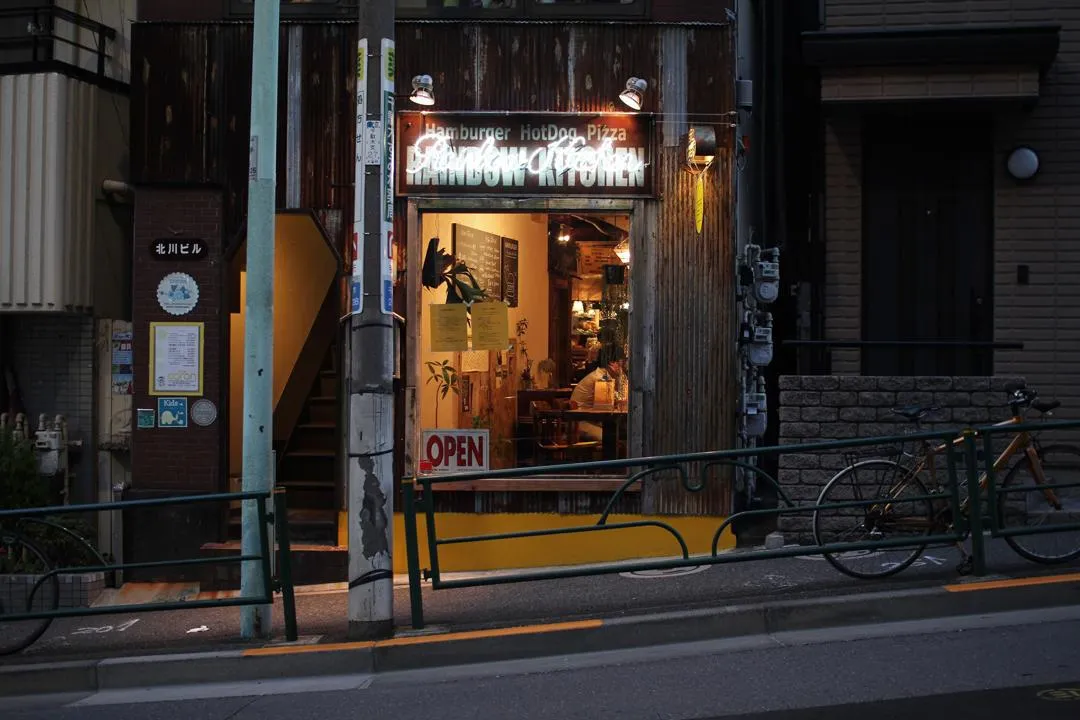
I'm always considering how we can ensure ongoing consumption from tourism in cities. Rather than making places for tourists, I feel that it's more important to create an atmosphere where local people welcome tourists. So, the places we make need to be loved by the locals. There are still areas where the local people don't really have the capacity to welcome tourists, so I want to work towards dealing with that as a local issue.
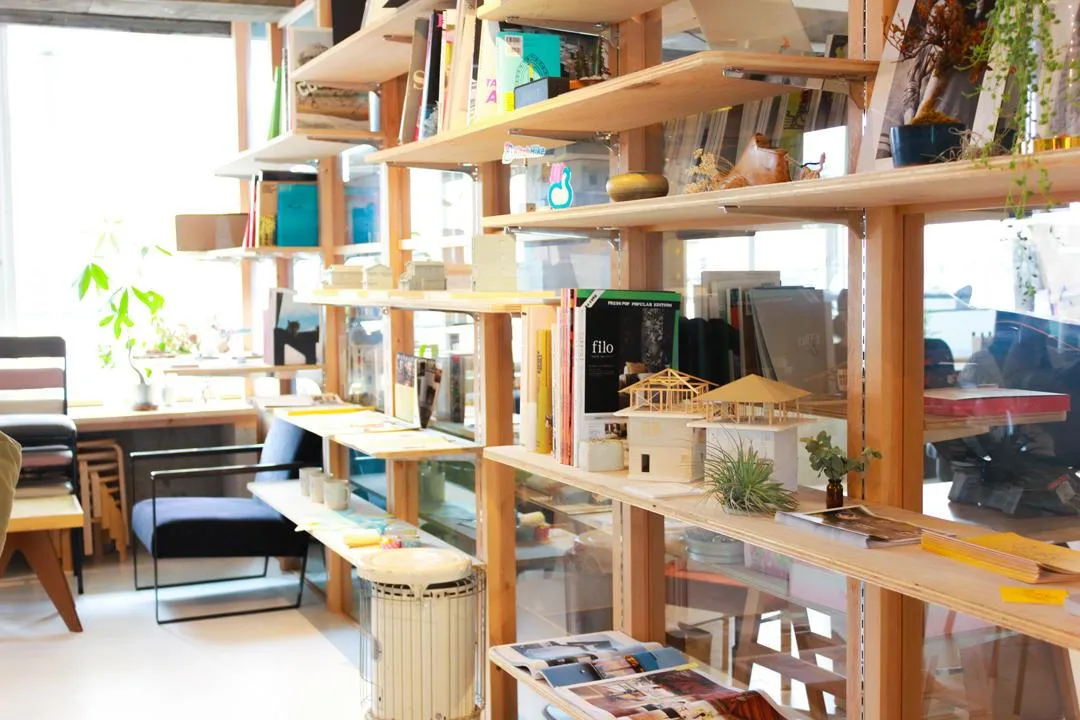
--HAGI STUDIO's office space is also being used as a "classroom that is open to the city" known as 'KLASS' that aims to act as a space for supporting a wide variety of learning including workshops and lectures. What kinds of teachers and students are getting involved in this platform?
Most of the teachers and students learn about it word-of-mouth or from fliers. There are also situations in which we invite people to create classes. Some people plan classes that are unrelated to their professions. Because they're not trying to attract customers it's easy for them to make interesting classes.
Side jobs are now commonplace in Japan and there aren't enough workers, so people can't just limit themselves to having one role nowadays. KLASS provides participants with the opportunity to turn their hobbies into jobs, or to start side jobs. We've tried to make place where the threshold to participation is low, to ensure we can provide as many of these opportunities as possible.
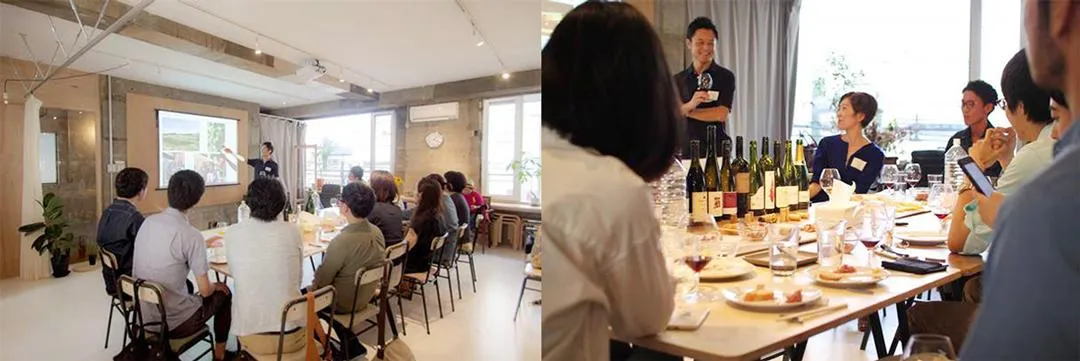
--So, as well as architectural design, you also operate dining and accommodation facilities, and operate a classroom. You certainly operate across a wide range of fields. Your talk about creating opportunities for side jobs also makes sense.
In modern times there's been this belief that it's best to have a clear separation between work and play, and consumption and production. However, I believe there's going to be increasing focus on lifestyles in which people create an image for themselves that best suits them. During the work we do here, we frequently provide others with the opportunity to make use of the experience and knowledge we've gained. I want our activities to provide hints regarding how we should interact with cities and how to create our own lifestyles.
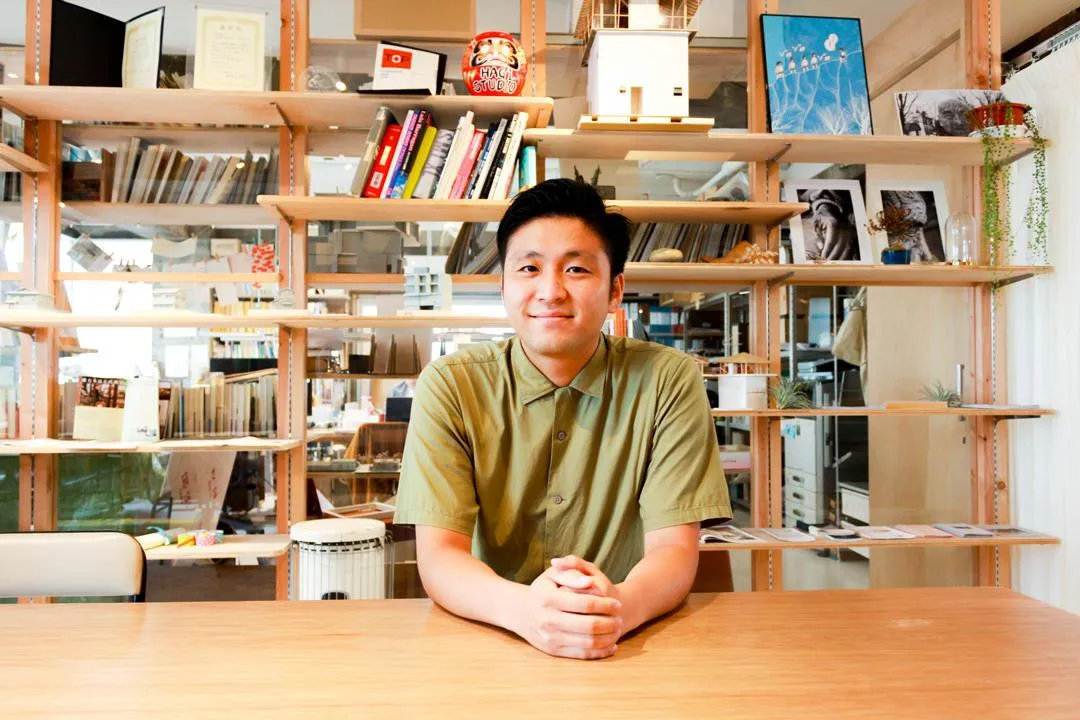
Profile
Architect/first-class architect
Representative director of Japan MACHIYADO Association
Director of MACHIAKARI-SHA Co., LTD
Part-time lecturer at Tokyo University of the Arts, Department of Architecture
1982: Born in Maebashi, Gunma Prefecture 2008: Completed a master's course at Tokyo University of the Arts before starting work at Isozaki Studio 2011: Began working independently. While performing architectural design and production work, Miyazaki began renovating old buildings and apartments in the center of Yanaka, Tokyo, turning them into dining and accommodation facilities as part of his company's business. He has designed and is operating HAGISO - a miniature combined cultural facility, hanare - a city accommodation facility, TAYORI - a post office for food, KLASS - a city classroom, and Rainbow Kitchen - a delicious hamburger restaurant.
He also lectures in regional cities throughout Japan and has cooperated in hosting "renovation schools" that make use of underutilized real estate, working to re-discover value in existing cityscapes.
studio.hagiso.jp
2F 3-34-10 Sendagi, Bunkyo Ward, Tokyo
33 minutes walk / 13 minutes bicycle ride from NOHGA HOTEL UENO
〉See on Google Map
Nomura Real Estate Development Group
TOKYO
Other prefecture

